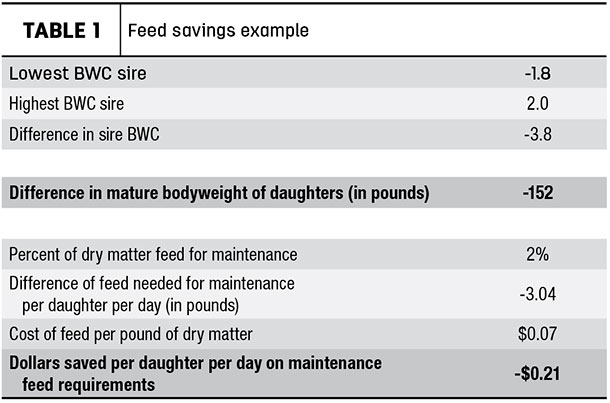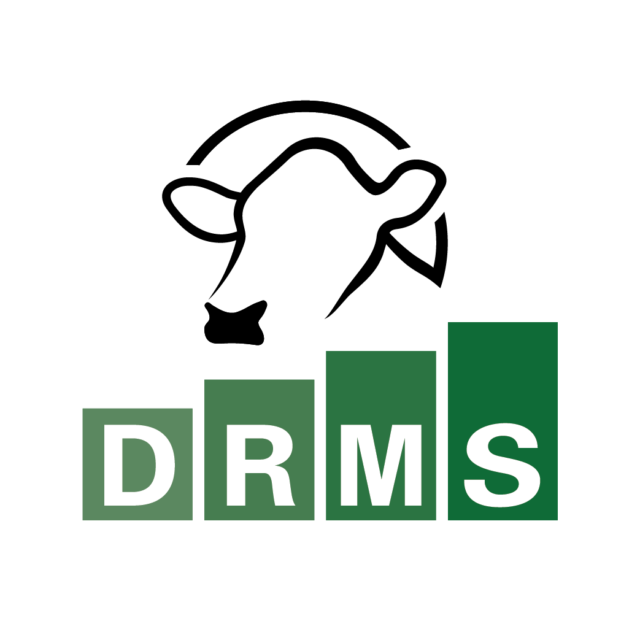Dairy producers are prioritizing reduced culling rates through a genetic focus on creating healthy, long-lasting cows. Improving feed efficiency and breeding for smaller cows have also become an integral part of reducing expenses. This is where mixed breed sires fit into the dairy landscape.
In search of the ideal cow, dairy farmers in the past and today are incorporating different breeds into their herds. For Holstein herd owners, a desire for smaller body size or greater component production or both are stated goals. For Jersey herd owners, desires to increase pounds of production or to improve udder health are commonly stated goals.
In April 2019, the Council on Dairy Cattle Breeding (CDCB) released genomic evaluations for mixed breed animals. Simply stated, these evaluations are based on a weighted combination of the purebred populations. Genomic evaluations on crossbred animals opened the door to use of mixed breed sires on commercial dairies, as many progressive commercial producers were looking for additional Holstein and Jersey genetic lines.
Typically, mixed breed sires marketed by A.I. studs are first-generation crosses. These sires fill a need for dairy producers who want some of the benefits of crossbreeding, such as heterosis, without managing a complete breed rotation program. Also, as demand for fluid milk has declined, demand for protein for products like cheese and yogurt has climbed. Using mixed breed sires can help dairies produce the high-component milk that milk processors are seeking for these products.
Another reason producers are seeking mixed breed sires is to moderate frame size within their herds. A majority of the U.S. dairy cattle population is Holstein. The April 2020 sire summary with the genetic base change again adjusted for stature in the Holstein breed, as the breed has continued to increase in size. Addressing body size is an important step in increasing herd efficiency and reducing feed costs. This is driving many progressive herds to incorporate Jersey influence – and their smaller frame size – through mixed breed sires.
At the 2019 World Dairy Expo, Dr. Paul VanRaden from the USDA Agricultural Research Service discussed the impact of Body Weight Composite (BWC), a Holstein genetic value that includes traits such as body condition and stature. VanRaden highlighted research showing decreasing body size can be beneficial to income over feed costs (see Table 1).

The table compares high versus low BWC sires; in this example, it is the BWC of sires of daughters within a herd. BWC is noted in standard deviations from an average, and one standard deviation has been shown to result in at least a 40-pound difference in the mature bodyweight of daughters. Therefore, multiplying the BWC difference by 40 pounds results in a 152-pound difference in mature daughters.
Then applying the standard of 2% of feed used solely for maintenance diet requirements, the math shows the dry matter intake of the lighter daughters is about 3 pounds less per day. In the example, the ration cost is $7 per 100 pounds on a dry matter basis, or 7 cents per pound, resulting in a savings of 21 cents per daughter of the lower BWC sire per day.
Ultimately, genetic selection and focusing on sires that maximize production of high-component milk with reduced maintenance feed intake exemplify efficiency in conserving resources and providing nutrients to consumers. Plus, efficient cows have also been shown to reduce the carbon footprint of dairy production.
At the end of the day, cow color doesn’t matter. Efficiency does. Efficiency, moderating frame size and maximizing component output are the reasons producers are seeking mixed breed sires. Look for mixed breed bulls, as designated by an XD in their stud code; they just might be the right option for your herd. ![]()

-
Kim Egan
- Director of Strategic Accounts
- GENEX
- Email Kim Egan
PHOTO: In April 2019, the Council on Dairy Cattle breeding began releasing genetic evaluations on mixed breed bulls. 1XD07097 LUMOS-UR is a Jersey-Holstein mixed breed bull utilized by dairy producers today to improve efficiency, moderate frame size and maximize components. Photo courtesy of GENEX.






